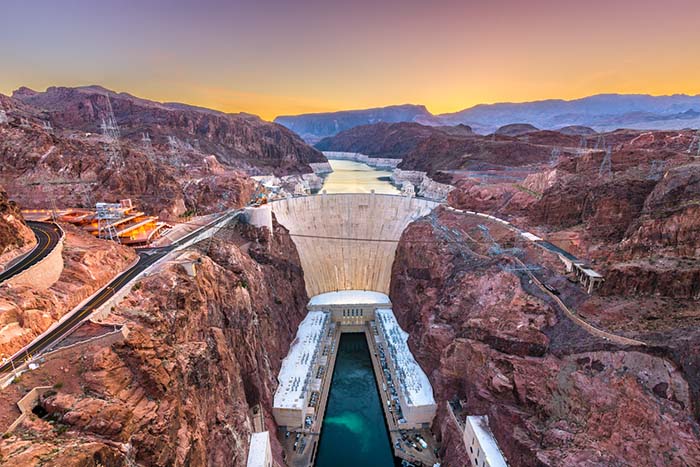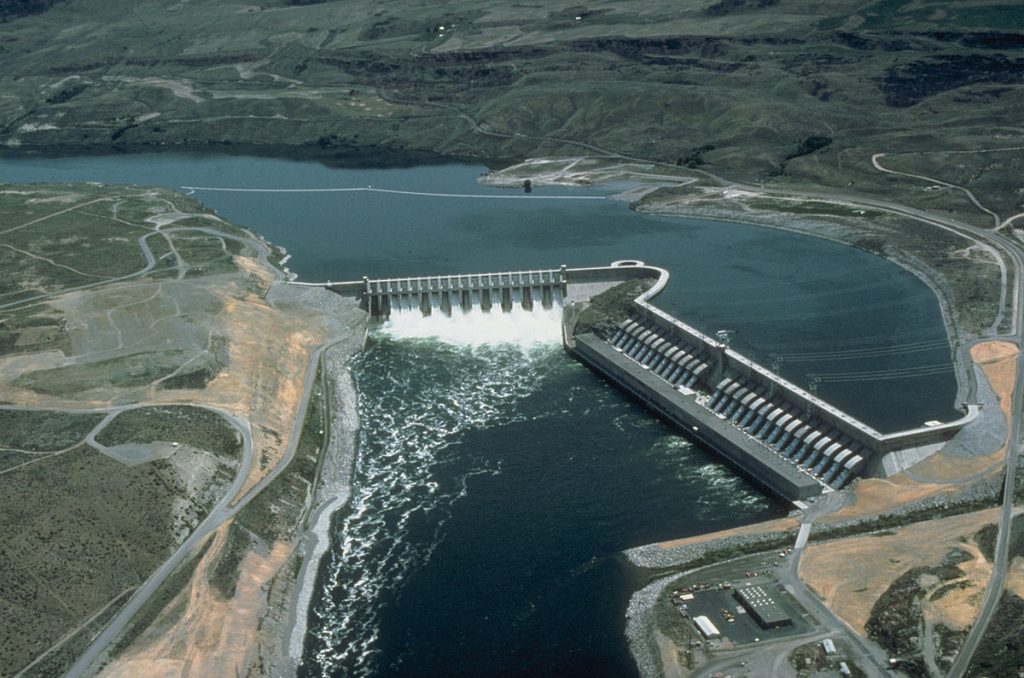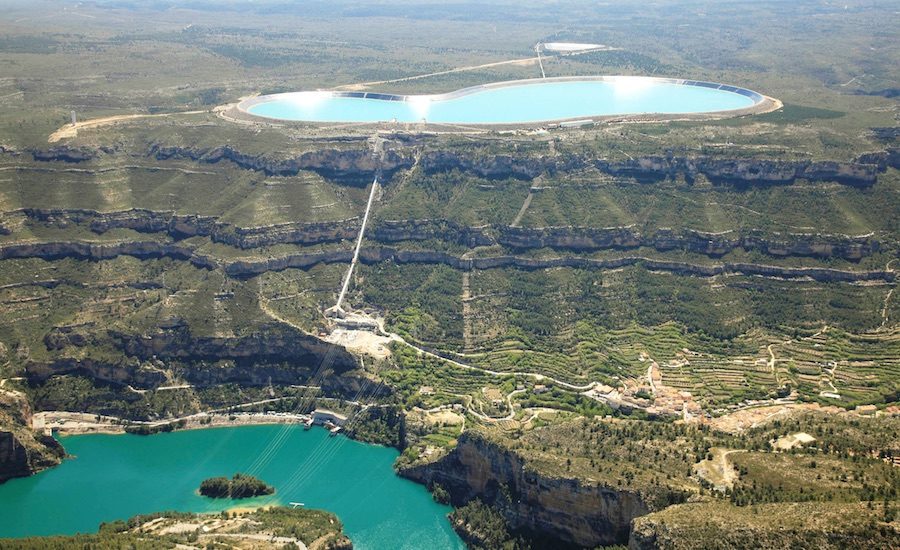Hydropower has been the largest global provider of renewable electricity for over 100 years and represents the first mainstream source of renewable energy. However, many environmental groups don’t view large-scale hydro as truly renewable.
So, the question arises: It’s hydroelectricity a foundation of our energy future or something better left in our past?
Today, hydroelectricity produces around 73% of global renewable energy. There are three main types of hydropower facilities: Large-scale impoundment dams, run-of-the-river dams, and pumped-storage facilities.
The first and most recognizable are the large conventional dams like the Great Hoover Dam. These are known as impoundment dams which harness water’s potential energy by storing water up-stream in a reservoir and then flowing that water down-stream through a set of turbines which spin and generate electricity.

While other renewable energy sources like wind and solar struggle with intermittency, impoundment dams do not. As reservoirs can store water for long periods of time, they essentially act like a giant battery which provides stable power known as base load power. This can be used as a foundation which support intermittent renewable sources like solar and wind.
One downside of impoundment dams, is that they do generate significant life-cycle emissions. These are both from the emissions intents of concrete used in their construction as well methane released from rotting vegetation in the flooded reservoirs.
Methane is a greenhouse gas which is 30 times more potent than CO2 and the reservoirs of the impoundment dams have been estimated to generate 23% of all anthropogenic methane or human created methane. These reservoirs also restrict the migration of fish like Salmon who migrate up river systems for mating.
The area that these reservoirs flood can also be enormous. The largest hydroelectric dam in the world, the Three Gorges Dam on the Yangtze River in China has the reservoir the size of Barcelona in Spain and displaced 1.2 million people when it was built.
It is for these reason that many environmentalists don’t view impoundment dam hydroelectricity as a true renewable source of energy. However, it should be mentioned that not all reservoirs are the same.
Reservoirs with lower temperature or higher oxygen levels produce less methane than hotter and aerobic ones. And shortly after the dam is built, the reservoirs produces essentially the same emissions as a naturally occurring lake.
As these dam operates for a long time, often more than a hundred years, impoundment dam have similar cycle emissions to wind, solar, and nuclear.
A second type of hydroelectricity is known as run of the river and is considered a renewable source of energy. As the name implies, these hydroelectricity plants don’t use a dam and instead use the natural flow of the river to spin turbines and generate electricity. This eliminates the need to flutter reservoir which in turn eliminates the methane releases from the reservoir and the need to relocate citizens.

The downside of the run of the river dams is that they are seasonal. They produce more when there is significant rainfall or meltwater and produce less when there isn’t. They cannot act like a giant battery in the same way as large impoundment dams.
The last type of hydroelectricity is known as pumped storage. This system takes advantage of the high and low periods of power demand. When there is low demand for electricity but excess in generation, the excess electricity in the system is used to pump water into a reservoir.
When the demand for electricity is high, that water is then released down through turbines and generates electricity for consumption. This works well when paired with more intermittent renewable energy sources like wind and solar. If the sun is shining but no one is using electricity, pumped storage can be used to move water up into the reservoir and then released again in the evening when the demand for power increases.

An area’s hydroelectricity potential has a lot to do with its geography. Areas with large river basins and heavy snowfall or rainfall have the most potential for hydro. Costa Rica, a country celebrated for its use of renewable energy benefits enormously from being a mountainous region with heavy rain fall. It produces 98% of its electricity from renewable, a full 76% which comes from hydro and most of which comes from large impoundment dams.
Not all countries have the same opportunity though. While hydro electricity has several key drawbacks, it is the only standalone source of energy other than nuclear which can provide base load power while producing ultra-low levels of emissions. It is a key part of our planet’s energy ecosystem and will continue to be far into the future.

















